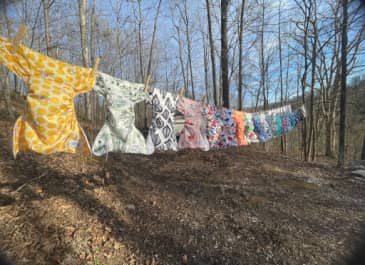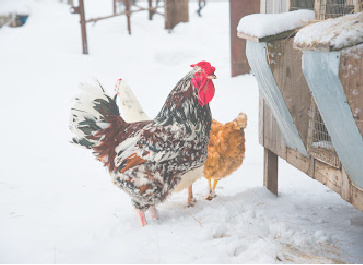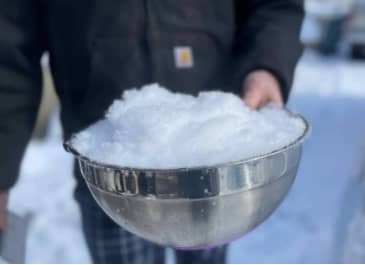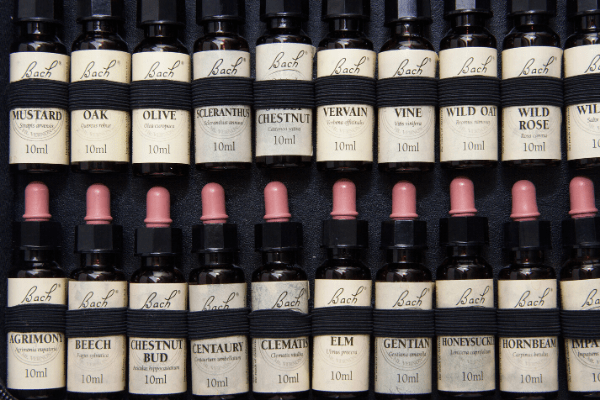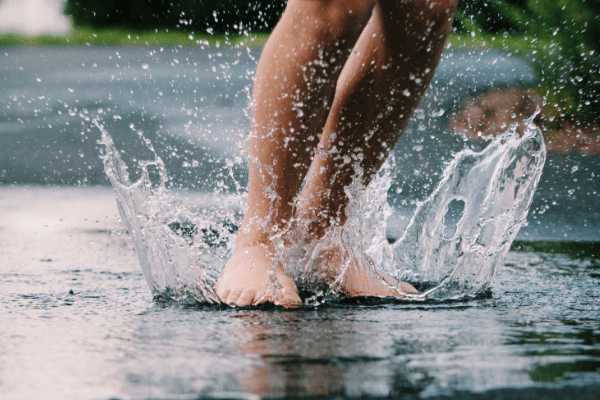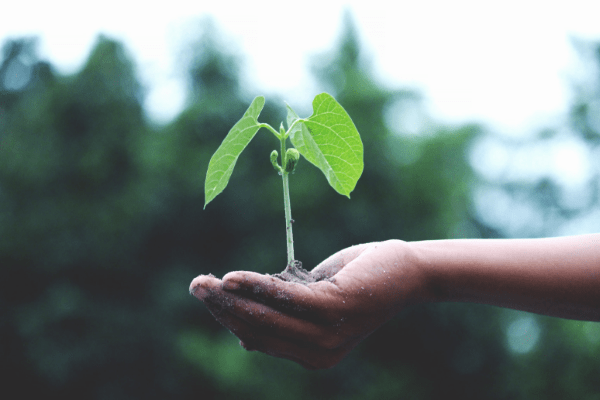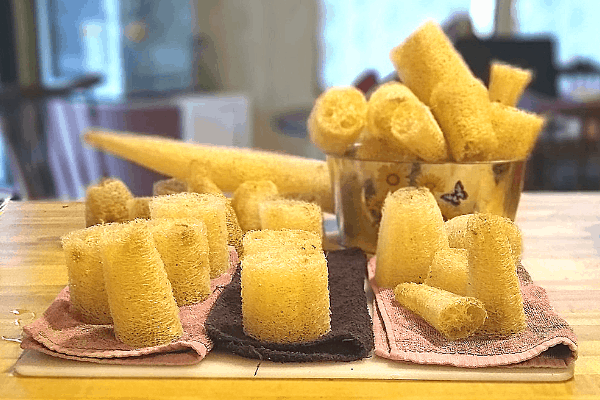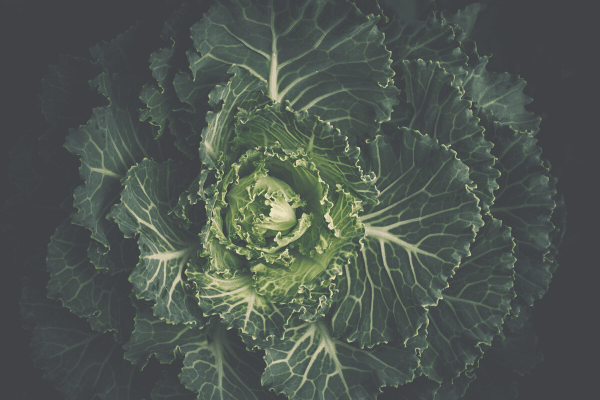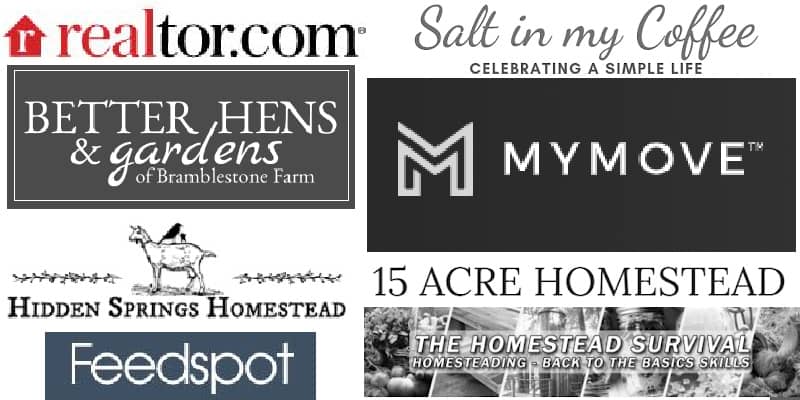
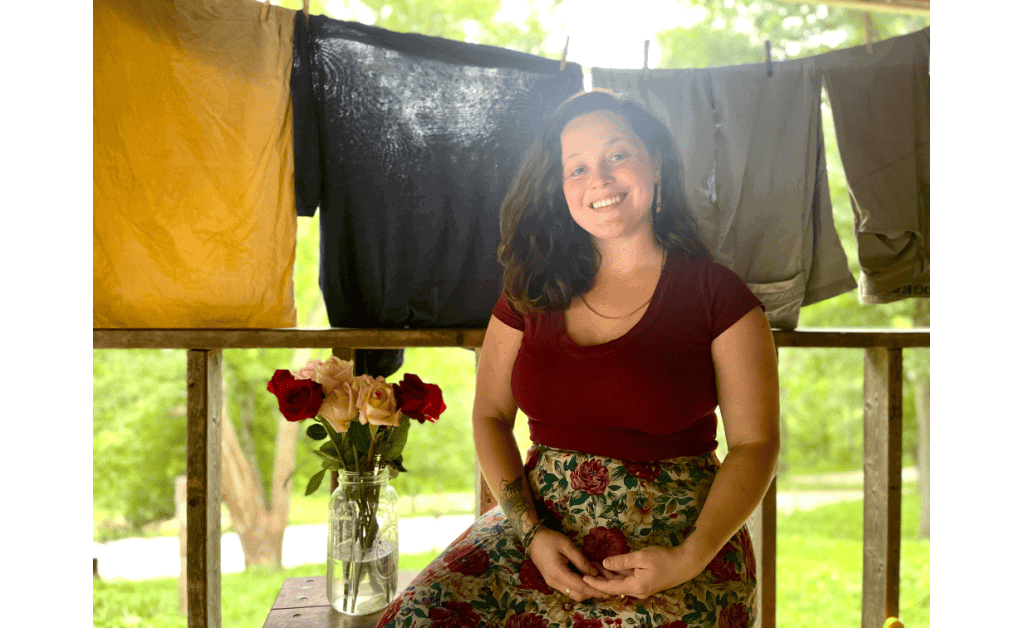
Hi, I’m Chelsea! I’m here to help you THRIVE on your homestead. Together we’ll grow gardens, raise happy, humane livestock and learn to grow where you sow in every way. Learn a little more about me here!
READER FAVORITES
LATEST FROM THE BLOG
AS SEEN IN
Welcome
Hi, I’m Chelsea! I’m here to help you THRIVE on your homestead. Together we’ll grow gardens, raise happy, humane livestock and learn to grow where you sow in every way! Learn a little more about me here!
JUST SO YOU KNOW
The contents of this site are the property of Grow Where You Sow. Feel free to share, but please link back to the original post. Information found here is not intended to be, nor does it constitute, the giving of medical advice. Content found here is for informational purposes only. Grow Where You Sow is a participant in the Amazon Services LLC Associates Program, an affiliate advertising program designed to provide a means for us to earn fees by linking to Amazon.com and affiliated sites. Read our Privacy Policy HERE!

